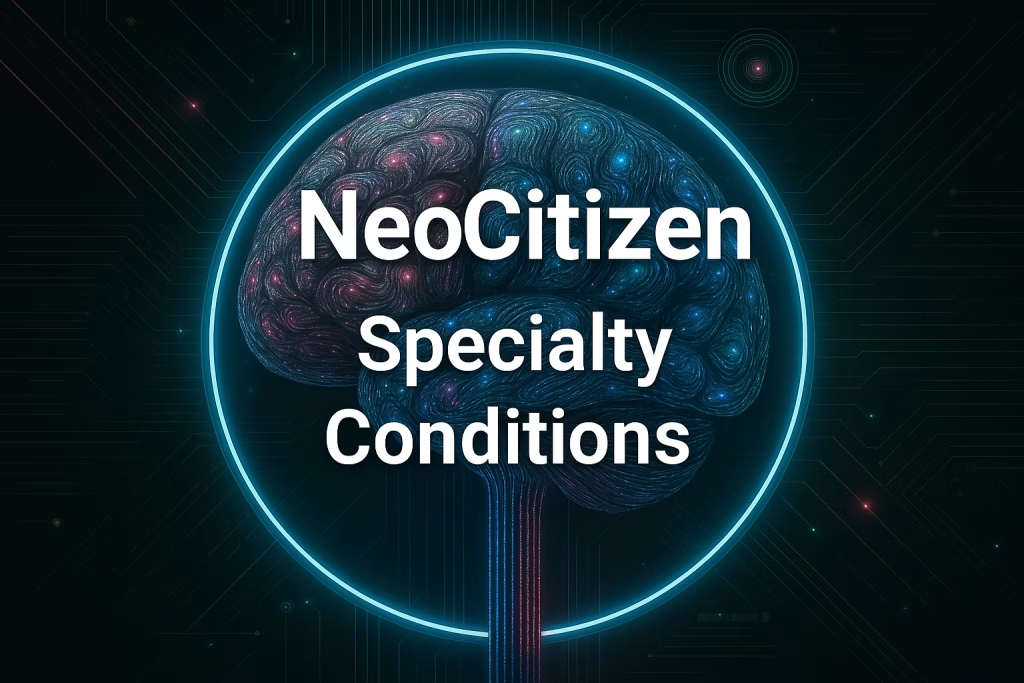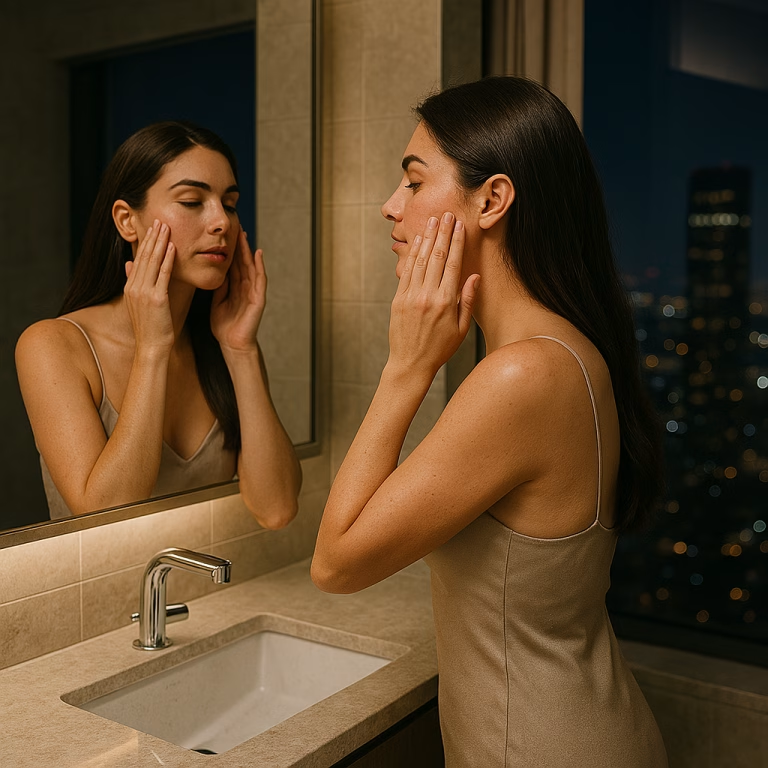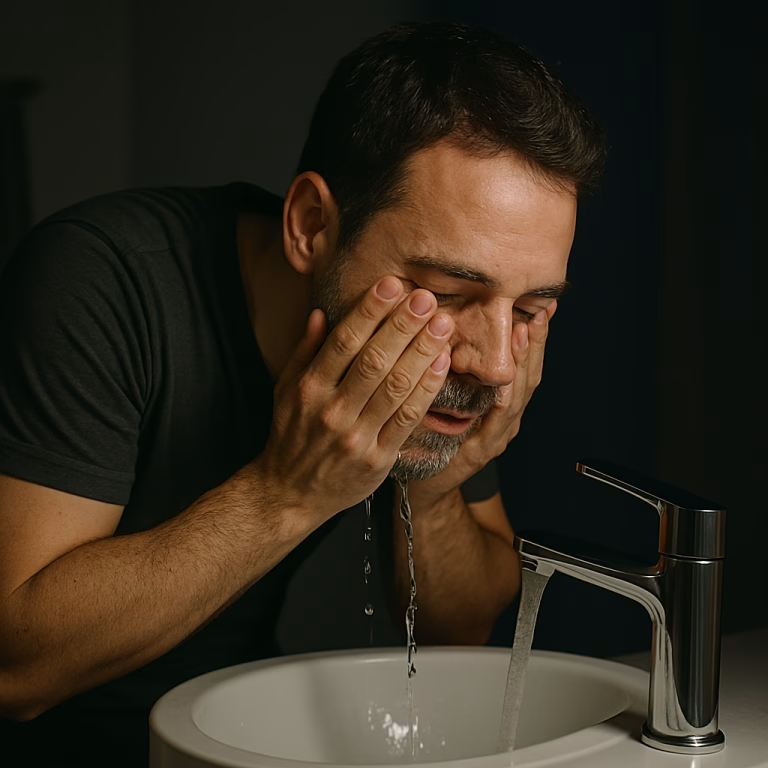
I. Introduction to Alopecia 🌟
Alopecia is the medical word for hair loss. It can affect just the scalp — or sometimes the entire body! 🧑🦲🧑🦰 Hair loss can happen to men, women, and even children at any age.
Losing hair isn’t just about looks — it can also hurt your self-esteem and emotional health. 😔 That’s why understanding what causes alopecia — and how to treat it — is so important.
👉 Common myths say hair loss is only from getting older or poor hair care.
👉 Reality check: Alopecia can be caused by many things like genetics, autoimmune diseases, hormones, stress, or nutrition problems.
In this easy-to-follow guide, we’ll cover:
✅ Different types of alopecia
✅ Causes and symptoms
✅ How doctors diagnose it
✅ Advanced treatments like 💊 Olumiant (baricitinib)
✅ Tips for managing hair loss and living confidently
Let’s get started on your journey to better hair health! 🚀✨
II. Understanding Alopecia: Types and Classifications 🧑⚕️🔍
There isn’t just one type of alopecia — there are several! Each type can cause hair loss in different ways. Let’s break them down:
1. Alopecia Areata 🎯
- Sudden, round patches of hair loss
- Caused by the immune system attacking hair follicles
- Can happen on the scalp, beard, eyebrows, or other body parts
2. Androgenetic Alopecia 🧑🦲👩🦲
- Also called male or female pattern baldness
- Happens slowly over time
- Caused by genetics and hormones
- Most common type of hair loss
3. Alopecia Totalis 🚫🧑🦲
- Complete loss of all scalp hair
- A more advanced form of alopecia areata
4. Alopecia Universalis 🌎🚫
- Loss of all hair on the body — scalp, eyebrows, eyelashes, and body hair
- Very rare
5. Traction Alopecia ✂️👱♀️
- Caused by pulling hair too tightly (braids, ponytails, extensions)
- Damage to the hair follicles from repeated tension
6. Scarring (Cicatricial) Alopecia 🔥
- Hair loss caused by inflammation that scars the scalp
- The scar destroys the hair follicles, and hair may not grow back
7. Other Types 🌱
- Telogen Effluvium: Sudden hair shedding after stress, illness, or childbirth
- Anagen Effluvium: Rapid hair loss, often from chemotherapy or toxic exposure
Each type of alopecia has different causes and treatments — that’s why knowing which one you have is so important! 🧠✨
III. What Causes Alopecia? 🤔🍃
Alopecia can happen for many different reasons — sometimes it’s one cause, and sometimes it’s a mix! Here are the most common causes:
1. Genetics 🧬
- If hair loss runs in your family, you might inherit it too!
- Common in Androgenetic Alopecia (male and female pattern baldness).
2. Autoimmune Disorders 🛡️
- The body’s immune system attacks its own hair follicles.
- This is the main cause of Alopecia Areata.
3. Hormonal Changes ⚖️
- Changes during pregnancy, menopause, or thyroid problems can trigger hair loss.
- Hormones like DHT (dihydrotestosterone) can shrink hair follicles over time.
4. Stress and Trauma 😰
- High stress, emotional shock, or physical injury can cause hair to fall out.
- Linked to Telogen Effluvium.
5. Nutritional Deficiencies 🥦🍎
- Not getting enough iron, zinc, biotin, or protein can weaken hair growth.
- Crash diets and poor eating habits can be risky for your hair too!
6. Medications and Treatments 💊💉
- Chemotherapy, radiation therapy, and some medications can cause Anagen Effluvium — sudden hair loss.
7. Physical Damage to the Scalp 🧵
- Tight hairstyles, burns, infections, and scarring conditions can damage hair follicles permanently.
👉 Knowing the cause helps doctors choose the best treatment for you! 🏥💡
IV. Common Symptoms and Signs of Alopecia 👀🧑🦲
Alopecia can look different depending on the type and cause. Here are the common signs to watch out for:
1. Gradual Thinning on Top of the Head 🧑🦳
- The most common type of hair loss.
- Hair slowly gets thinner, especially around the crown or hairline.
2. Sudden Patchy Bald Spots 🎯
- Small, round, smooth bald patches appear.
- Often seen in Alopecia Areata.
3. Hair Loss Across the Entire Body 🛑
- Loss of eyelashes, eyebrows, and body hair.
- Happens in severe cases like Alopecia Universalis.
4. Sudden Loosening of Hair 🌬️
- Hair falls out when combing, washing, or even gently pulling.
- Common with Telogen Effluvium after a big stress event.
5. Scalp Redness, Scaling, or Broken Hairs 🔥
- Could signal scarring alopecia or fungal infections.
- May come with itching, pain, or inflammation.
👉 Tip: If you notice sudden or patchy hair loss, it’s important to see a dermatologist early! 🧑⚕️
V. Diagnosing Alopecia: What to Expect 🧑⚕️🧪
If you’re losing hair and not sure why, don’t worry — doctors have ways to find the cause! 🕵️♂️
Here’s what usually happens during a diagnosis:
1. Medical History and Questions 📋
- Your doctor will ask about your health, family history, diet, stress levels, and hair care habits.
- Be ready to share when the hair loss started and if anything makes it better or worse.
2. Physical Scalp Examination 👀
- The doctor will closely look at your scalp, hair texture, and pattern of hair loss.
- They’ll check for redness, scaling, or broken hairs.
3. The Pull Test ✋
- Gently pulling a small amount of hair to see how many strands come out.
- Helps find out if you’re shedding more hair than normal.
4. Scalp Biopsy 🧬
- A small piece of skin from the scalp may be removed and examined under a microscope.
- This helps spot autoimmune issues or scarring diseases.
5. Blood Tests 🩸
- Tests can check for things like thyroid problems, iron levels, or immune system issues.
- Important for finding hidden causes!
6. Dermoscopy 🔍
- A special magnifying tool to get a closer look at your hair follicles.
- Can show patterns that aren’t visible to the naked eye.
👉 Tip: Early and accurate diagnosis means a better chance at finding the right treatment! 🎯✨
VI. Advanced and Specialty Treatment Options for Alopecia 💊✨
Good news! 🎉 There are more treatments available today than ever before — from topical creams to advanced new medicines. Let’s break them down:
1. Topical Therapies 🧴
- Minoxidil (Rogaine): Applied directly to the scalp.
- Helps stimulate hair growth and slow hair loss.
- Available over-the-counter!
- Anthralin: A cream that causes mild scalp irritation to boost hair regrowth (mostly used for Alopecia Areata).
2. Oral Medications 💊
- Finasteride (Propecia):
- Blocks the hormone DHT that shrinks hair follicles.
- Used mainly for male pattern baldness.
- JAK Inhibitors – Including Olumiant (baricitinib) 🔥
- Olumiant is FDA-approved for severe Alopecia Areata!
- It works by calming the immune system so it stops attacking hair follicles.
- Taken as a daily oral tablet.
- It’s a breakthrough for people with serious hair loss!
3. Injectable Treatments 💉
- Corticosteroid Injections:
- Injected directly into bald spots to reduce inflammation.
- Often used for small areas of Alopecia Areata.
4. Light and Laser Therapy 🔦
- Low-Level Laser Therapy (LLLT):
- Laser devices used at home or in clinics.
- May boost blood flow and stimulate hair growth.
5. Platelet-Rich Plasma (PRP) Therapy 🩸
- Doctors take your own blood, spin it to concentrate the platelets, and inject it into the scalp.
- Thought to revive weak hair follicles naturally.
6. Hair Transplant Surgery 🏥✂️
- Moving healthy hair follicles from one part of the scalp to bald areas.
- Best for people with pattern baldness.
7. Emerging Treatments and Clinical Trials 🔬
- Scientists are working on new JAK inhibitors, stem cell therapies, and gene therapy!
- The future of alopecia treatment looks very bright. 🌟
👉 Reminder: Treatments work differently for everyone. Always talk to a dermatologist about what’s right for you! 🧑⚕️💬
VII. Complementary and Alternative Therapies 🌿🧘
Along with medical treatments, some people find natural or alternative therapies helpful for boosting hair health! Here are some popular options:
1. Nutritional Supplements 🍎💊
- Biotin, iron, zinc, and vitamin D are important for strong hair.
- Taking supplements can help if you have a deficiency.
- Always check with your doctor before starting new vitamins!
2. Stress Management Techniques 🧘♀️🧘♂️
- Stress is a big trigger for hair loss.
- Try relaxation methods like yoga, meditation, deep breathing, or journaling.
- Even daily walks 🚶♂️ outside can make a big difference!
3. Essential Oils and Herbal Remedies 🌸🌿
- Oils like rosemary, peppermint, and tea tree oil may support hair growth.
- Gently massaging oils into the scalp can also improve blood circulation.
4. Acupuncture 🪡
- An ancient Chinese therapy that may stimulate hair follicles by improving energy flow (called “Qi”).
- Some small studies show it could help with alopecia areata.
5. Microneedling ✨
- Tiny needles create small “micro-injuries” in the scalp.
- This may boost collagen production and encourage hair growth when combined with topical treatments.
👉 Reminder: Natural doesn’t always mean safe. Talk with a doctor before trying alternative therapies! 🧑⚕️✅
VIII. Lifestyle Modifications and Self-Care Tips 🍎🧴
Taking care of your scalp and hair daily can make a big difference — whether you’re treating alopecia or just trying to stay healthy! 🌟 Here are some easy lifestyle tips:
1. Be Gentle with Your Hair 💇♂️
- Avoid harsh brushing, tight ponytails, or heavy hair extensions.
- Let your hair air dry when possible and use wide-tooth combs.
2. Choose the Right Hair Products 🧴
- Look for gentle, sulfate-free shampoos.
- Avoid heavy gels, harsh dyes, and frequent chemical treatments.
3. Protect Your Scalp from the Sun ☀️🧢
- Wear hats, scarves, or use a scalp sunscreen when outdoors.
- Sunburn can damage fragile hair follicles!
4. Eat a Balanced, Hair-Healthy Diet 🥗🍳
- Focus on foods rich in protein, iron, vitamins A, C, D, E, and omega-3 fatty acids.
- Great options: salmon, eggs, spinach, nuts, and berries!
5. Manage Stress 💆♀️🧘♂️
- Make time for things you love: hobbies, exercise, family, and pets.
- Stress management = better hair health!
6. Regular Scalp Care 🧖♀️
- Gentle scalp massages can boost blood flow.
- Keep your scalp clean but don’t over-wash — 2–3 times a week is usually enough.
👉 Small daily habits can protect your hair and help treatments work even better! 🌱✨
IX. Prognosis and Living with Alopecia 🧢💖
Living with alopecia can be challenging, but it’s important to remember:
You are not alone, and you can live a full, confident life! 🌈✨
Here’s what to know:
1. Coping Strategies 🧘♀️💬
- Stay connected with family, friends, and support groups.
- Talking about your feelings helps reduce stress and boost confidence.
- Therapy or counseling can also help with emotional health.
2. Cosmetic Solutions 🎀
- Wigs, hairpieces, and hats are amazing tools to express yourself!
- Some people also try scalp micropigmentation (tiny tattoos to create the look of a shaved head) or eyebrow tattoos.
3. Support Groups and Resources 🤝
- Join local or online alopecia groups for advice, support, and friendship.
- Organizations like the National Alopecia Areata Foundation (NAAF) offer amazing resources.
4. Long-Term Outlook 🌟
- Some people experience hair regrowth naturally.
- Others manage hair loss long-term with treatments or cosmetic options.
- New medical breakthroughs — like Olumiant — are offering more hope than ever!
👉 Reminder: Hair or no hair — you are strong, beautiful, and valuable. 💪❤️
X. Frequently Asked Questions (FAQs) About Alopecia ❓🧑⚕️
Got questions? 🤔 You’re not alone! Here are some of the most common questions about alopecia — with easy answers:
1. Can Alopecia Be Permanently Cured? 🔥
- Some types, like alopecia areata, can come and go.
- Right now, there’s no guaranteed permanent cure, but treatments like Olumiant can help manage and regrow hair!
2. How Can I Prevent Further Hair Loss? 🛡️
- Early treatment, gentle hair care, a healthy diet, and stress management can help slow down hair loss.
- See a dermatologist as soon as you notice signs!
3. Are There Natural Treatments That Work? 🌿
- Some natural options (like rosemary oil and scalp massage) may help mild hair loss.
- Always talk to your doctor before starting natural remedies to avoid side effects.
4. When Should I See a Dermatologist? 🧑⚕️
- If you notice sudden hair loss, bald patches, itching, scaling, or lots of shedding, it’s time to book an appointment!
- Early diagnosis = better treatment options. 🎯
👉 Tip: Asking questions is the first step toward taking control of your hair health! 🧠✅
XI. Final Thoughts: Empowering Your Hair Health Journey 🚀💖
Losing hair can be scary — but it doesn’t define you. 🙌
With today’s medical advances, self-care strategies, and supportive communities, you have more power than ever to take charge of your hair health!
Here’s what to remember:
✅ Get diagnosed early: The sooner you find out the cause, the sooner you can start treatment. 🏥
✅ Explore your options: From topical treatments to breakthrough therapies like Olumiant, there are more solutions than ever. 💊✨
✅ Care for your mind and body: Stress management, healthy eating, and gentle hair care all make a big difference! 🥗🧘♂️
✅ Stay positive and connected: Support groups, loved ones, and online communities can lift you up. 🤝🌎
✅ You are more than your hair: Your strength, spirit, and smile matter most! 💖🌟
👉 Your hair journey is unique — and beautiful — just like you. 🌈💪
Keep learning, keep growing, and never give up hope! 🌱✨
XII. References and Further Reading 📚🔗
If you want to dive deeper into alopecia, here are trusted sources you can explore:
- National Alopecia Areata Foundation (NAAF)
https://www.naaf.org - American Academy of Dermatology (AAD)
https://www.aad.org - FDA – Olumiant Approval for Alopecia
https://www.fda.gov/news-events/press-announcements/fda-approves-first-systemic-treatment-alopecia-areata - Mayo Clinic – Hair Loss Overview
https://www.mayoclinic.org/diseases-conditions/hair-loss - Journal of the American Academy of Dermatology (JAAD)
For the latest research studies on alopecia and hair loss treatments.
👉 Tip: Always rely on trustworthy, science-backed sources when researching your hair health! 🧑⚕️✨











